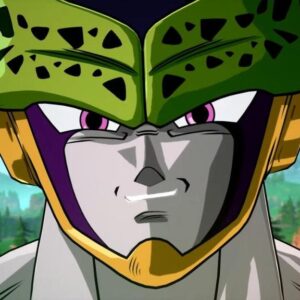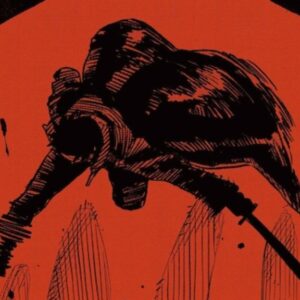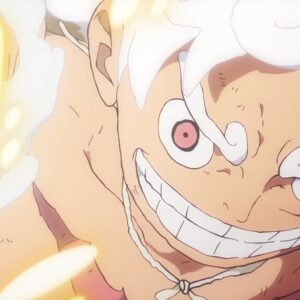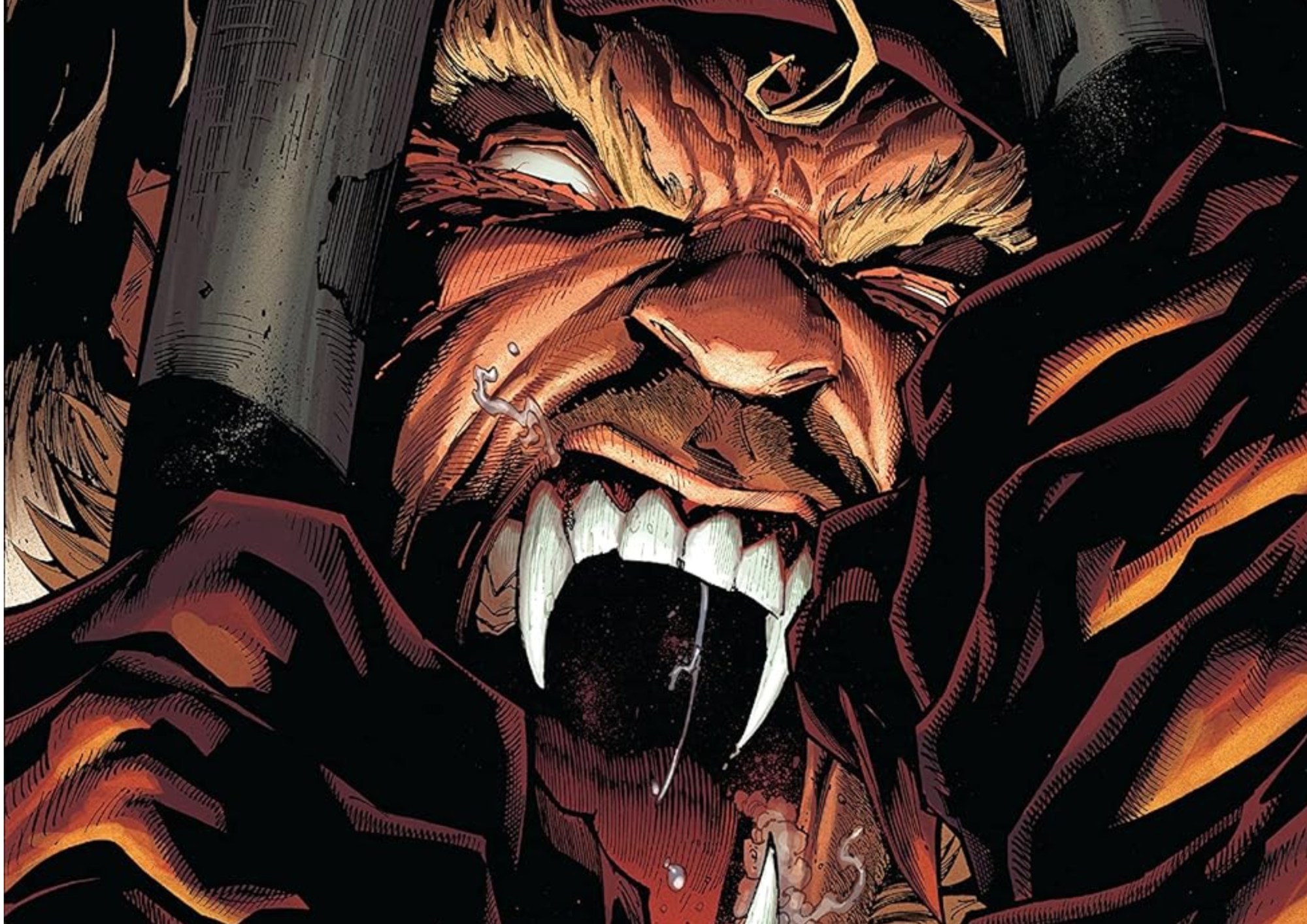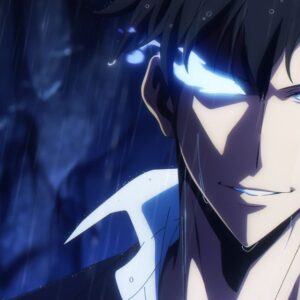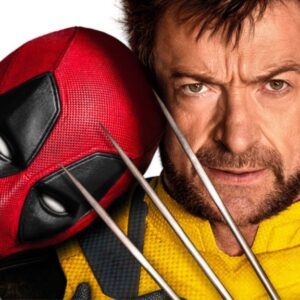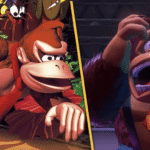Saga, created by Brian K. Vaughan and Fiona Staples, emerged as a standout series of the 2010s. Debuting in 2012, it chronicled Alana and Marko, lovers from opposing war factions who fell for each other in a prison, escaped, and started a family. Pursued by both sides, their journey unfolds through their daughter, Hazel. Saga captivated readers with its mix of Star Wars-esque adventure and poignant family dynamics. Each issue held magic, though fans endured regular breaks, with the series vanishing for three years in 2018. Its comeback was significant, yet it hasn’t matched its earlier acclaim. Each hiatus raises concerns about its lengthy return.
Yet, more than prolonged breaks, Saga faces other challenges. The series remains engaging, but its fervor has cooled. Saga Wednesday was a monthly highlight, now it sees less mention. The title resonated with readers on various levels, a connection that now feels diminished. As peers from the 2010s Image renaissance conclude, Saga continues, albeit as a shadow of its former self. What changed?
Saga‘s Decline Stems from a Single Issue

The turning point for Saga seems to be issue #54. It marked the beginning of the extended break—initially meant as a year for rest and stockpiling—and also saw Marko’s death at The Will’s hands. This pivotal event marked a shift in the narrative. Saga established a world where anyone was at risk—Izabel’s death in “War on Phang” still resonates—but Marko’s loss was profound. Life is full of parental loss, and Saga reflects life, driving its popularity. Losing Marko stripped the series of a grounding force. Alana shines as a character but often causes family strain, while Marko was an anchor. Their dynamic ceased, altering the series’ essence.
Following its return, Saga retains quality but seems stagnant. We’ve lost key elements: Marko, the tree ship, Izabel, Prince Robot IV, diminishing its appeal (losing Ghus would cause uproar). The series is in a melancholic cycle, losing its former vigor. Hazel and her step-brother Squire inject some life but lack past vibrancy. Another issue stems from Brian K. Vaughan’s style—mid-story slump. Despite masterful character and plot crafting, Vaughan’s works sometimes stall in setup phases. Saga seems mired at this stage, missing beloved characters and concepts, trapped in a setup spanning seventeen issues. Though it has its moments, they’re sparser. These issues have drained Saga‘s energy.
Saga Should End Strong but the Mid-Story Slump Poses Challenges
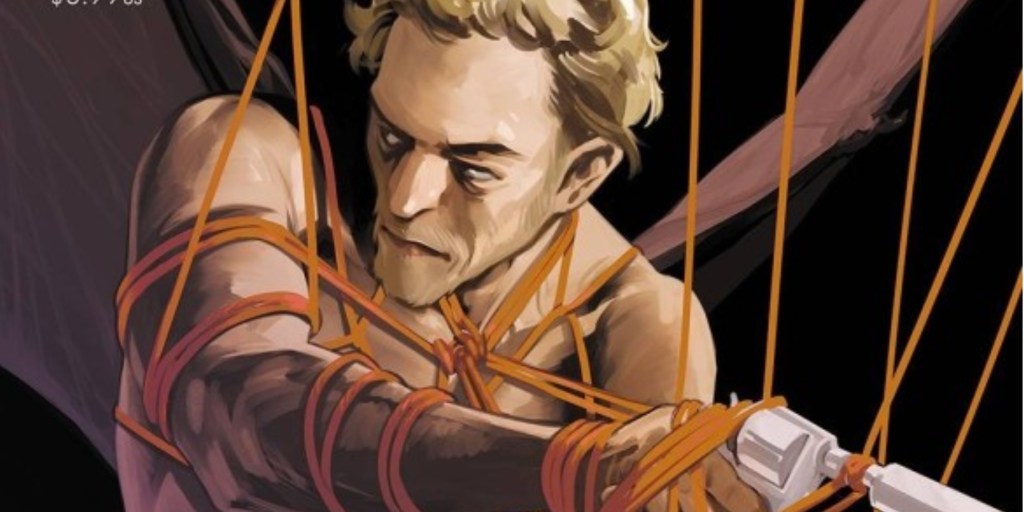
I adore Saga. Its fans do too. Saga is the The Sandman of the ’10s and ’20s. Let me explain. Previously, to showcase comics beyond superhero brawls, The Sandman: Preludes and Nocturnes was the go-to. Saga took on that role. It’s an entry point, a series that captivates new readers who then explore further. Saga turns people into comic aficionados because it connects on a deeper level than most. The mix of interstellar conflict, action, and romance draws in readers, but the true appeal lies in its relatable family storylines. It mirrors our experiences with family, partners, and children.
Saga continues to be a solid series, but it’s not the groundbreaking work it was. The narrative pace has slowed, character evolution is less gripping, and progress feels stalled. We’ve seen this before, such as during the Circuit arc, which still offered compelling moments and intricate plots. Now, the developments lack their former intrigue. I trust Saga will regain its stride, but it’s currently a shadow of its past brilliance.
Saga is available now.

